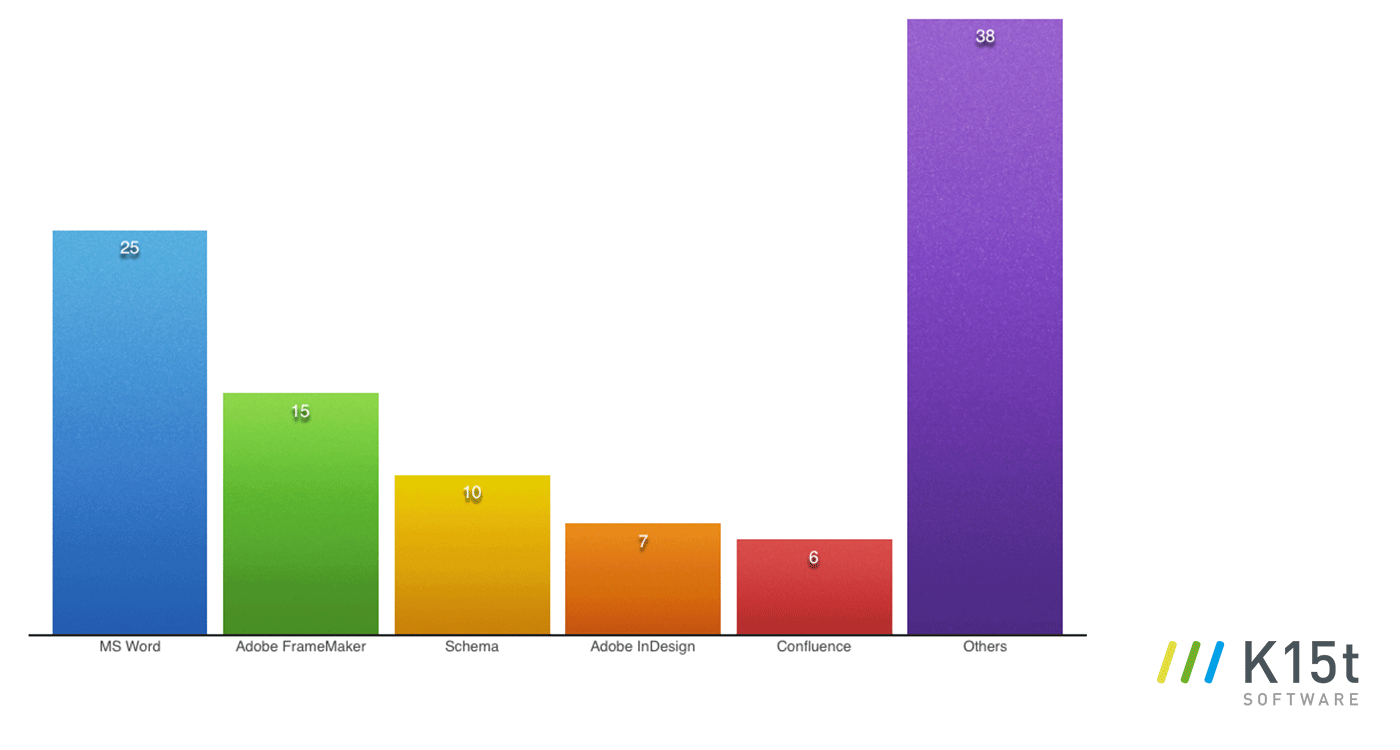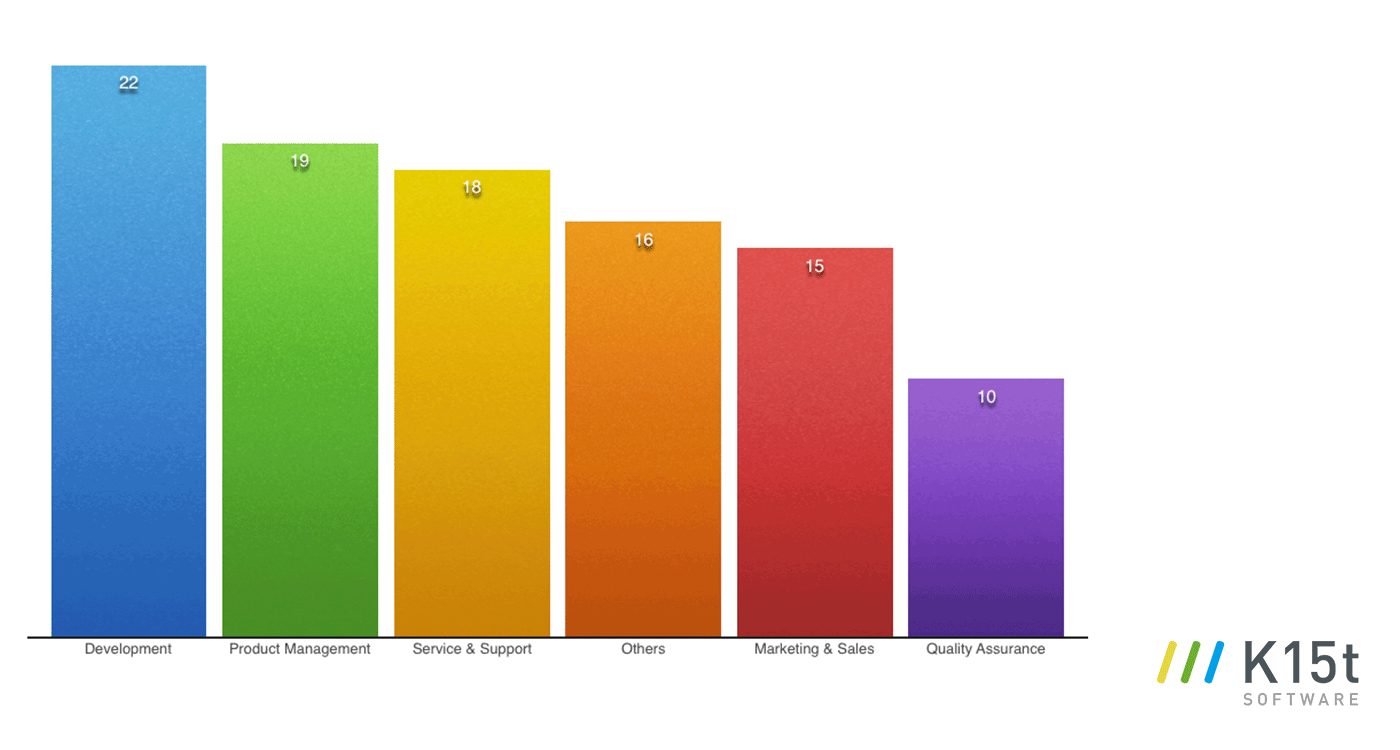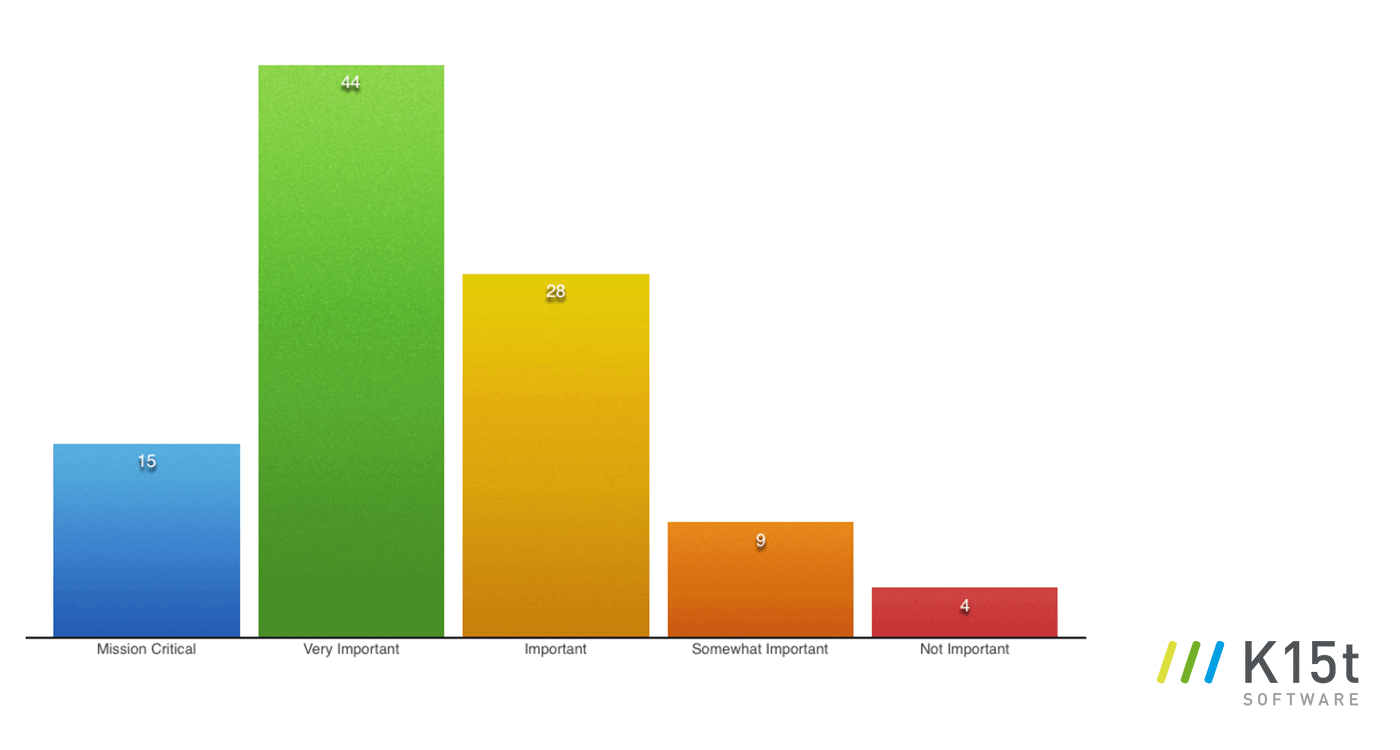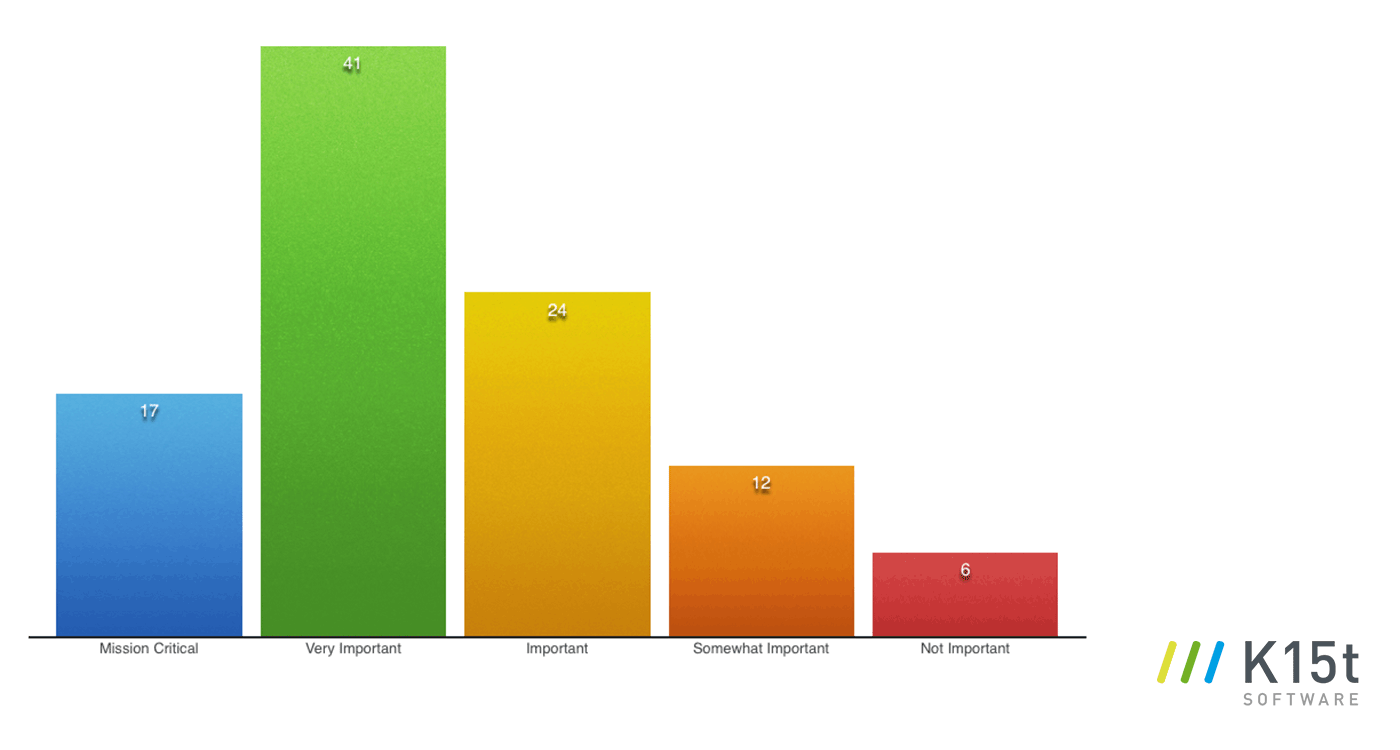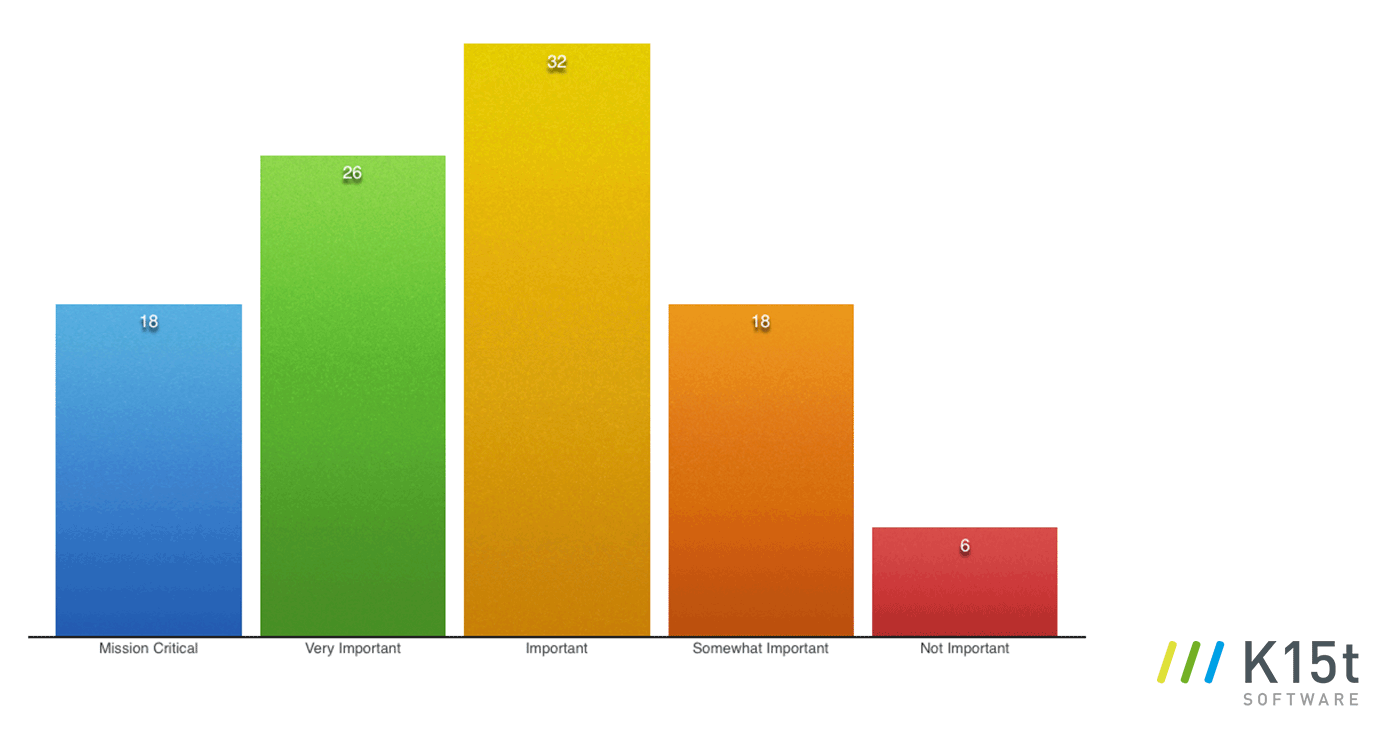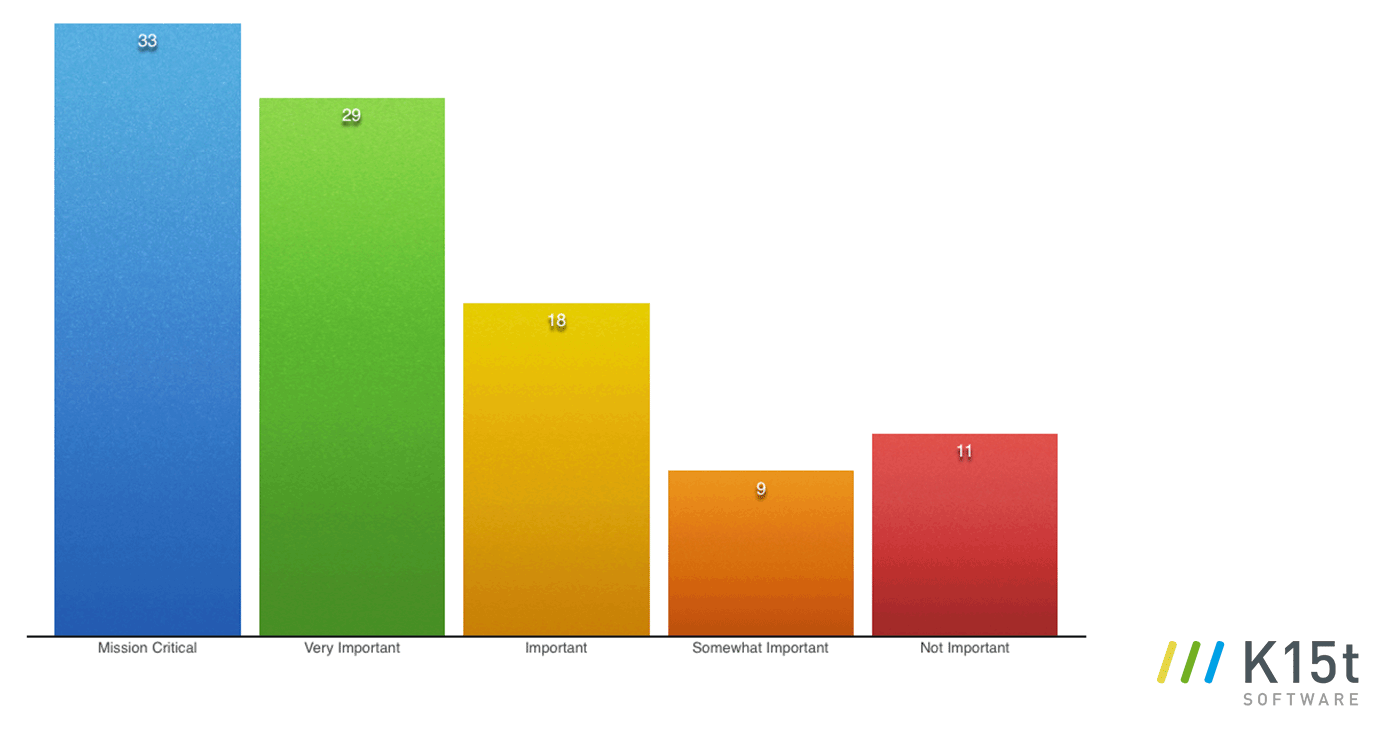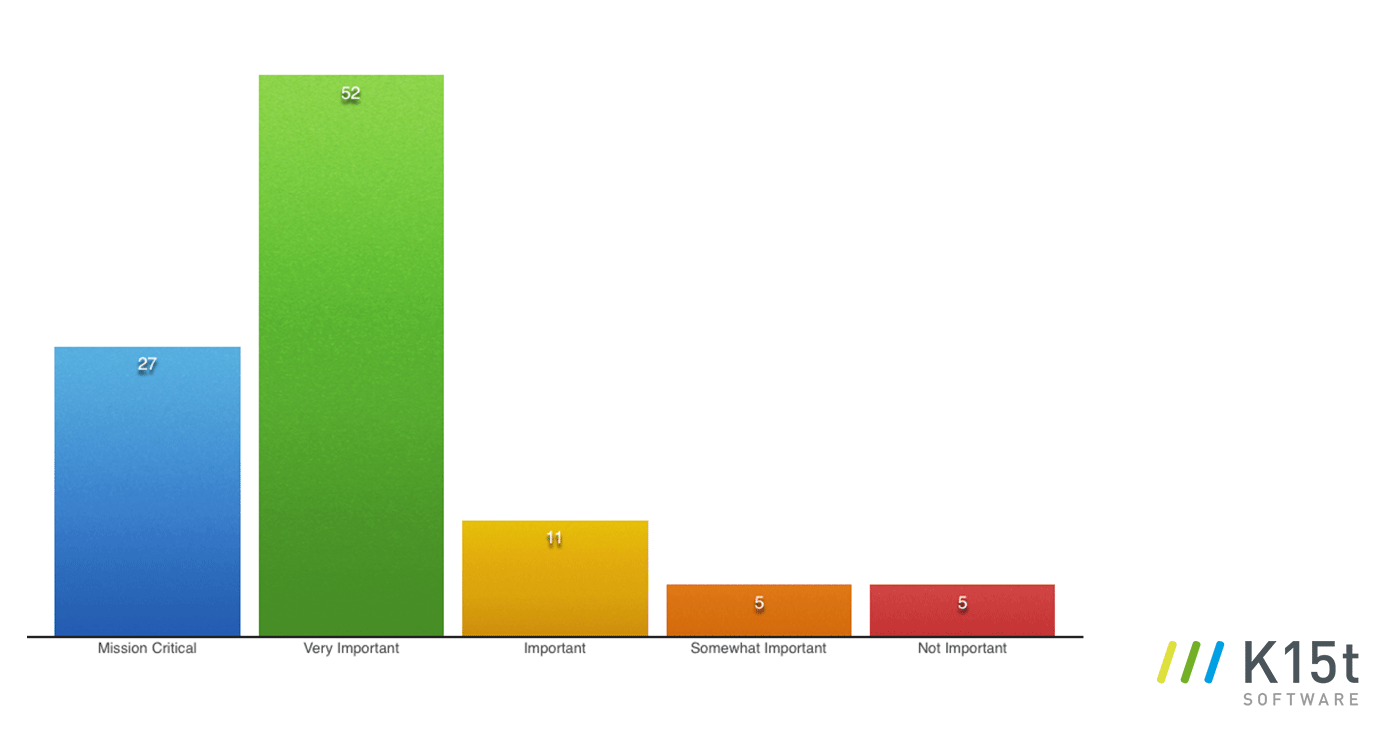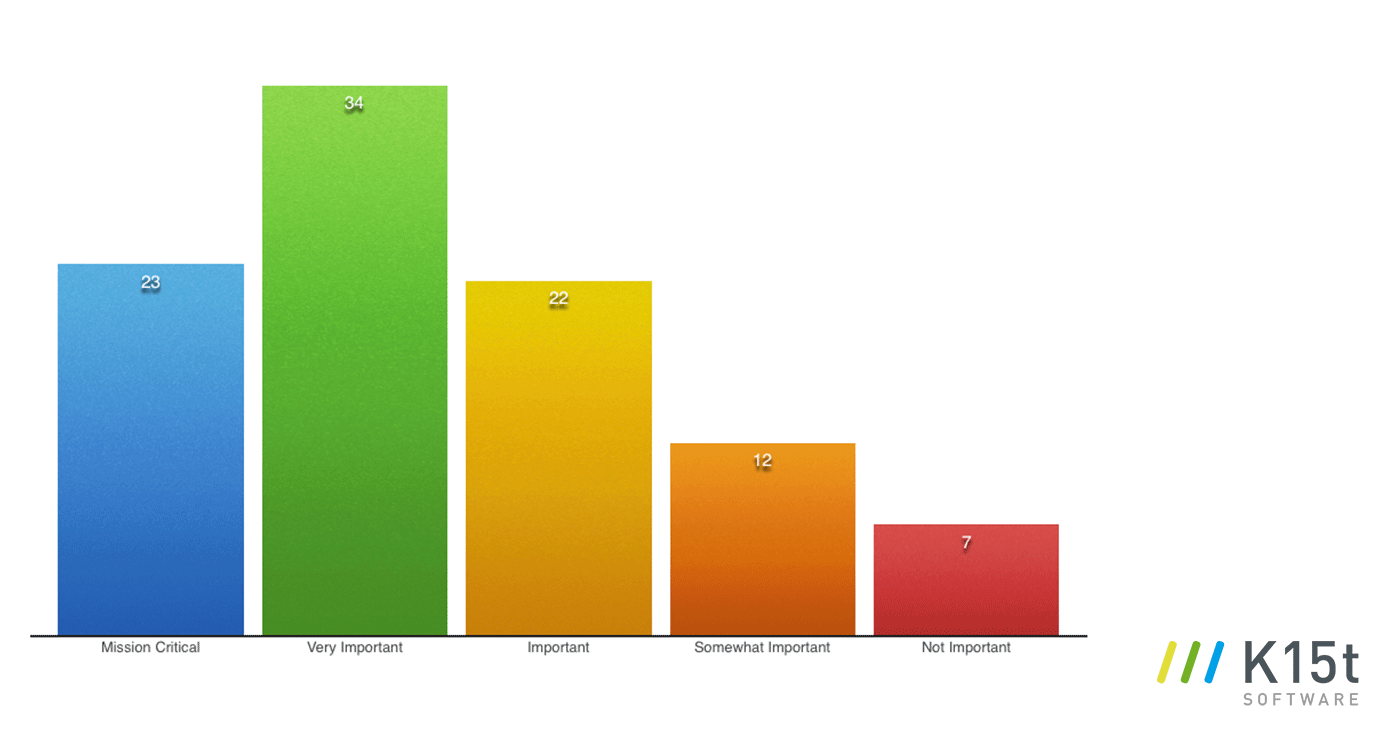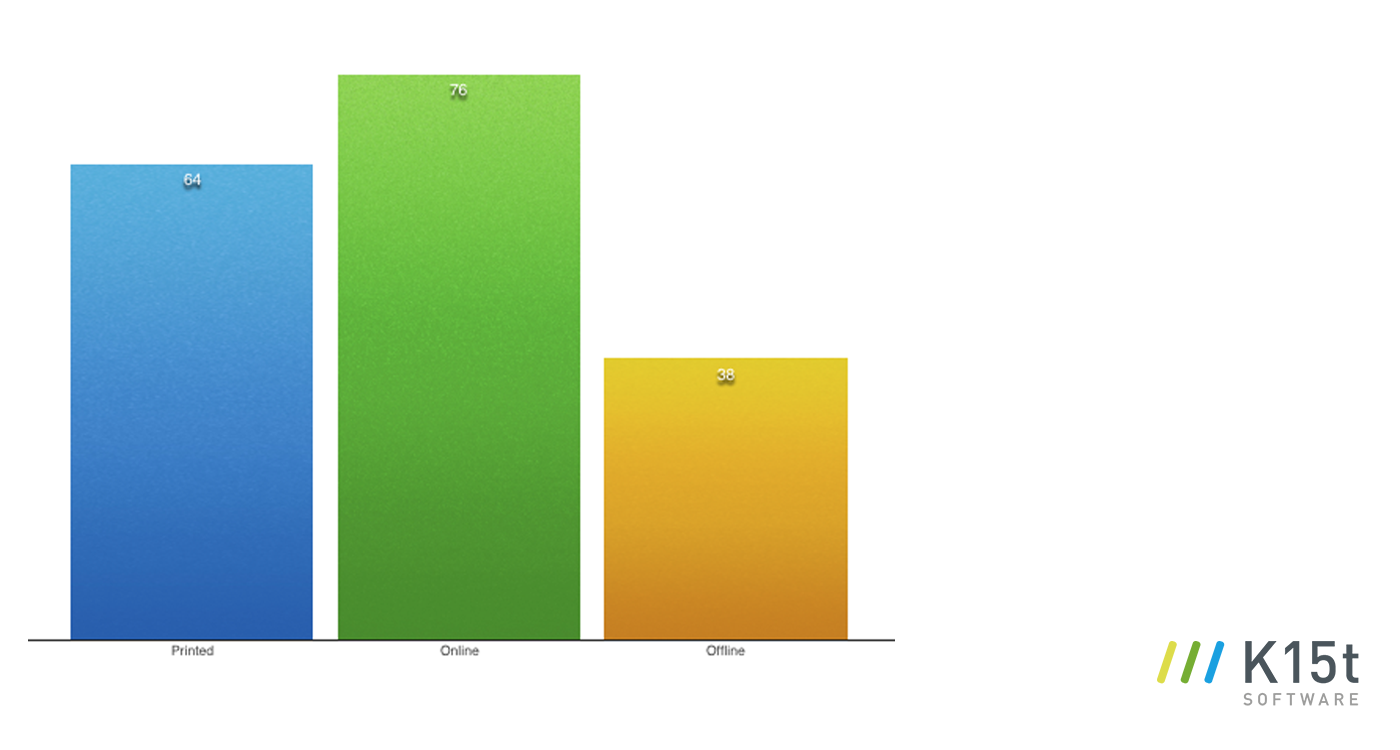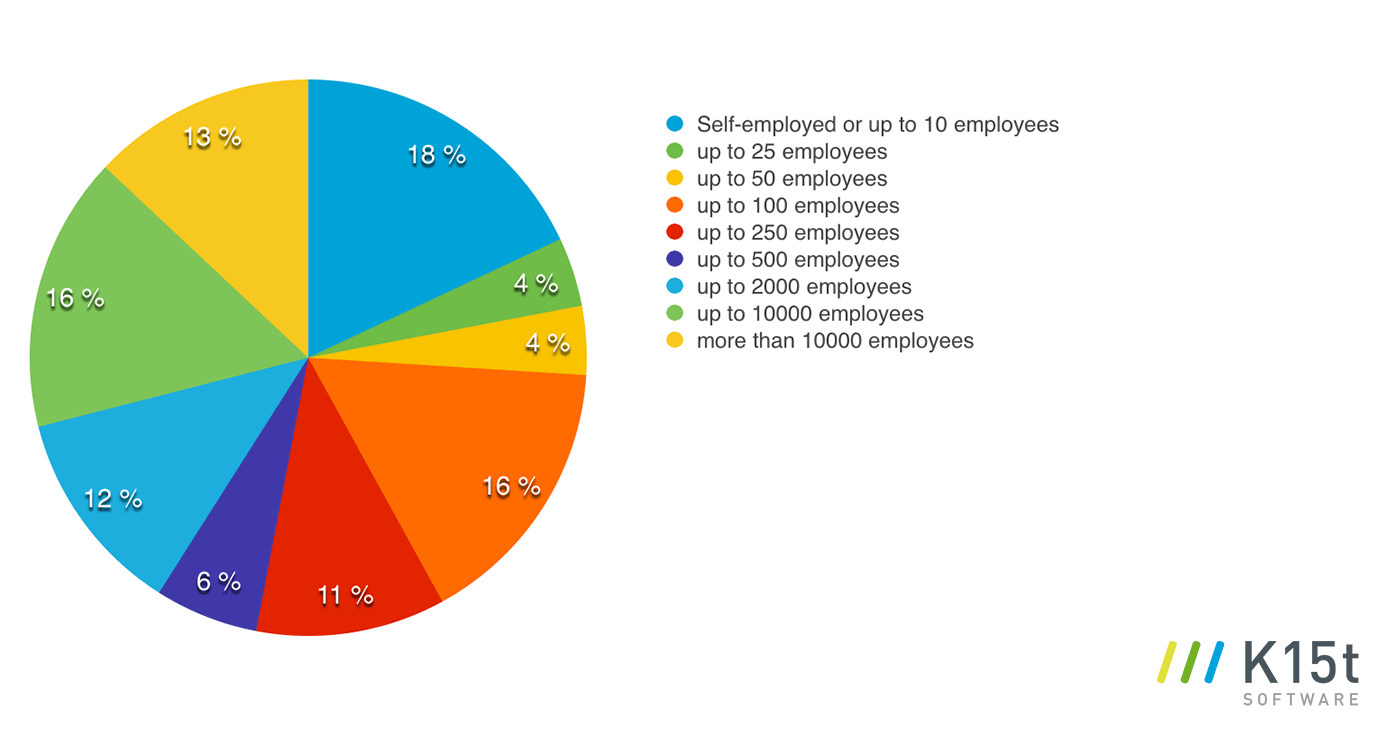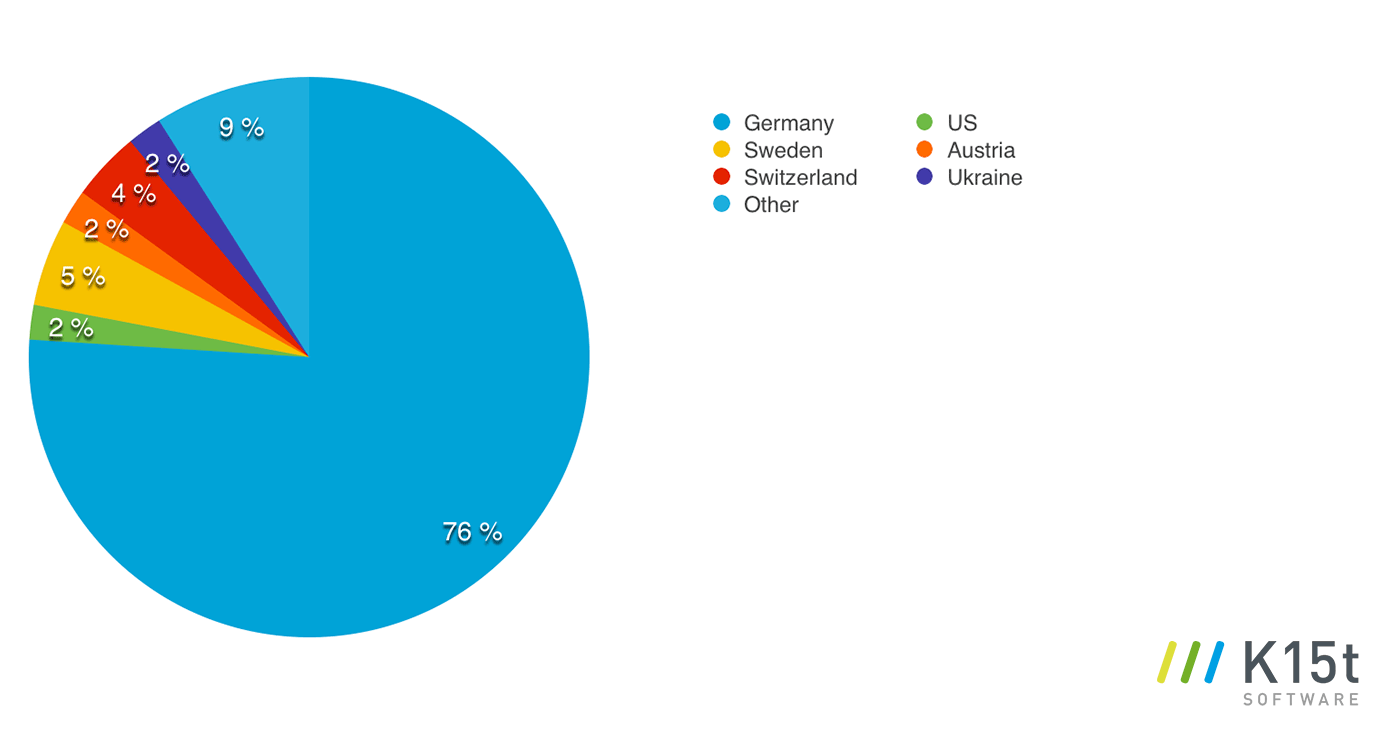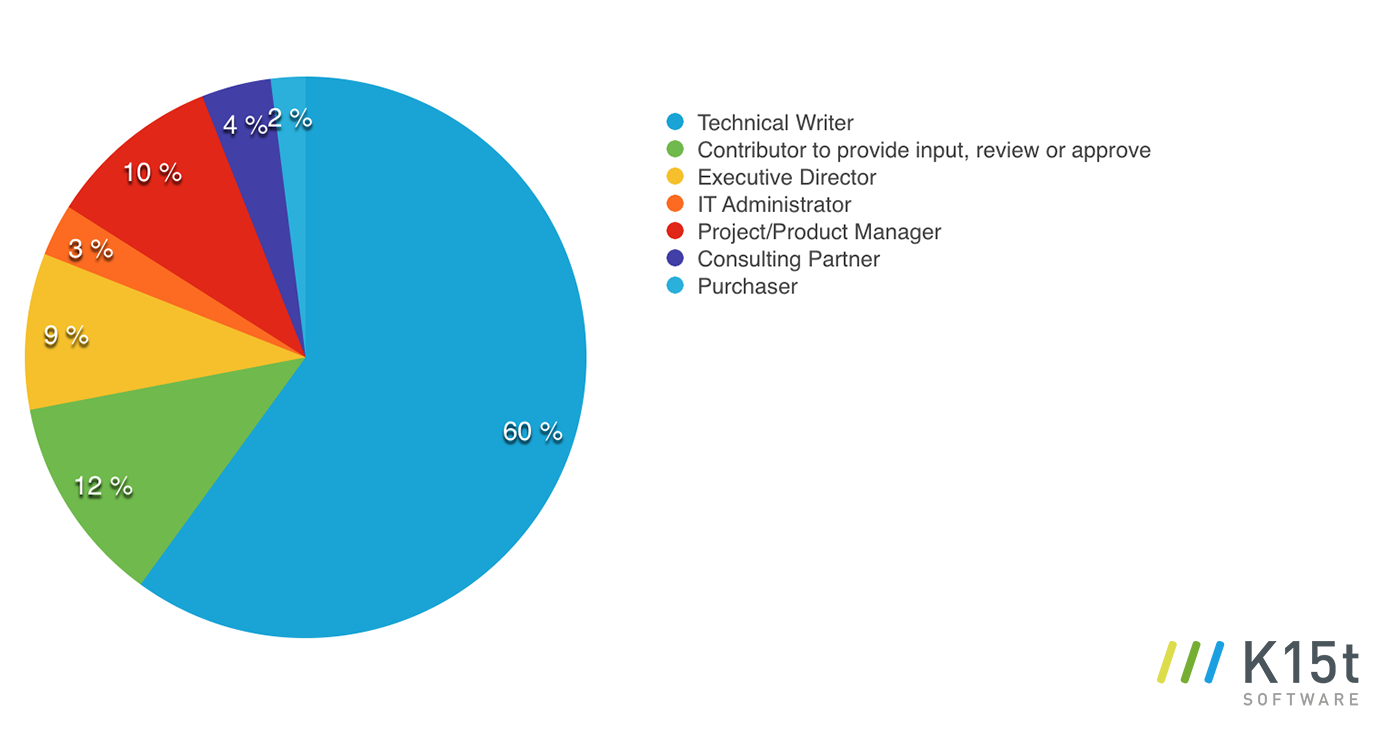Technical writers' requirements for editorial systems survey
Technical writers' requirements for editorial systems survey
In November 2016, we asked our TC World Conference booth visitors how technical editorial departments collaborate with bordering departments in their organizations. Who works together with whom, and what is especially important to those involved? Just like the year before, approximately 100 people participated in our booth survey. Here are the results (please note that this is not a representative survey).
What editorial tool do you use?
These figures are comparable with those from our 2015 survey – no major changes have occurred. Microsoft Word remains the most widely utilized tool, followed by Adobe FrameMaker. What continues to be interesting is that there is no absolute favorite. 38% of respondents use so many different tools (e.g. Cosima, DocuGlobe, TIM, etc.) that we consolidated them under 'others'.
Which departments are involved in creating technical documentation?
One of the biggest challenges in creating technical documentation is that a range of departments (technical writers, developers, product managers, etc.) need to collaborate to create it. That is why we wanted to know who is involved in the process. Our survey participants were able to select multiple departments when answering this question.
Compared to our 2015 results, the number of developers involved has decreased noticeably (50% in 2015 compared to 22% in 2016). However, more marketing and sales departments have become involved. Perhaps more companies are recognizing that good technical documentation is a tangible success factor?
The most important requirements of an editorial system
Technical writers have a wide range of requirements that an editorial system has to meet. Especially people who are responsible for documents in multiple languages and versions need an editorial system that helps them keep on top of things. We wanted to know how important requirements such as collaboration, versioning, variants, language management as well as workflow integration and quality management are to our survey participants.
Generally speaking, the 2016 results coincide with the results from 2015. However, version control seems to have become more important while workflow integration and quality management have become less so.
We added a new question in 2016 regarding the importance of content reuse – and approximately 90% of survey participants considered it important.
Collaboration
The results clearly indicate that the majority (87%) of respondents consider collaboration to be either important, very important, or even vital in creating technical documentation.
Versioning
Editorial systems that can manage versions as well as variants can be of particular use for technical writers. Products are often revised as soon as they go to market – meaning new documentation is needed. We believe that is why version management is the most important requirement for our survey participants.
Variants
Many products are released in different configurations, and technical documentation has to account for this. Our survey participants seem to agree with us that variant management is important.
Are you looking for a way to manage versions in Confluence? Then have a look at Scroll Versions from K15t Software. This add-on for Atlassian Confluence gives you complete control over version and variant management.
Language Management
Editorial systems that can manage multiple languages give companies an advantage, especially in today's global market. Clearly, our survey participants also think that this topic is important when creating technical documentation.
Content Reuse
Most of the survey respondents believe that the ability to effectively reuse already existing content is either important, very important or vital when creating technical documentation. Certainly, it is better to reuse existing content instead of having to write new documentation from scratch for every new product feature.
Workflows and Quality Management
The quality of technical documentation is highly important for many technical writers because docs are especially vital to first time users – and users prefer docs that are complete, well written, and easy to understand. The survey results show that workflows and quality assurance processes are important for many technical documentation teams.
Do you consider all of these features to be vital? Then you should have a look at Enlite. Enlite powers technical documentation by allowing teams to take a collaborative approach that breaks down information silos and gets everyone involved.
How is documentation published?
We asked our survey participants how their documentation is made available. Compared to the 2015 survey results, online publication has increased slightly (69% in 2015, 76% in 2016) compared to printed publications (70% in 2015, 64% in 2016). One has to consider that many companies are bound by law to make printed documentation available when considering these results. This has the advantage that users can read documentation when no internet access is available. However, online documentation is becoming more popular, especially in the consumer goods market where online docs are published in addition to printed versions.
Some info about the survey
Some general information on our survey, which helps give some context for the results. 76% of our survey participants work for German companies, even though Tekom is an international conference. Most work as technical writers (60%). The pie charts below provide more information.
How big is your company?
Where is your company headquartered?
What is your role in your company?
